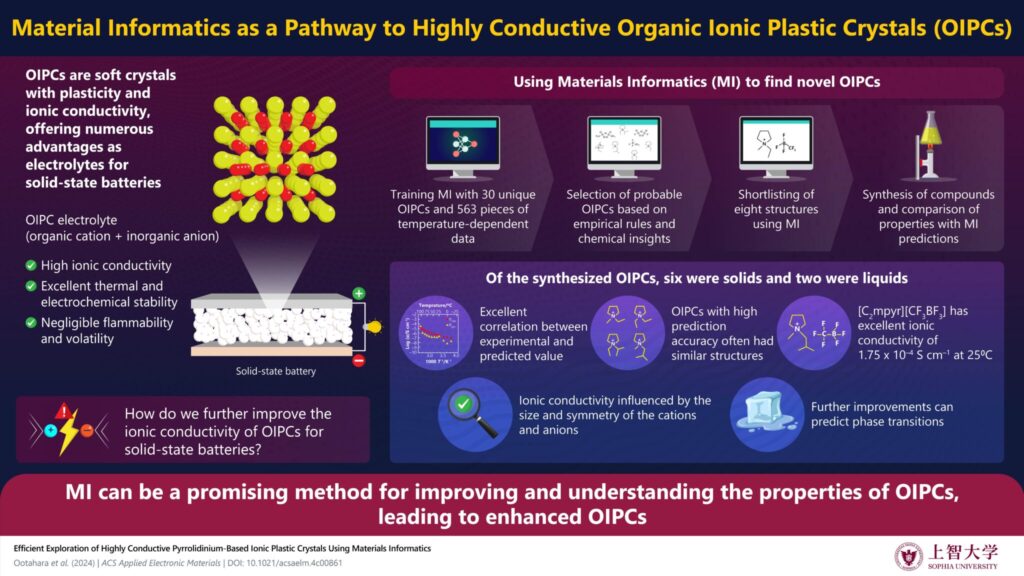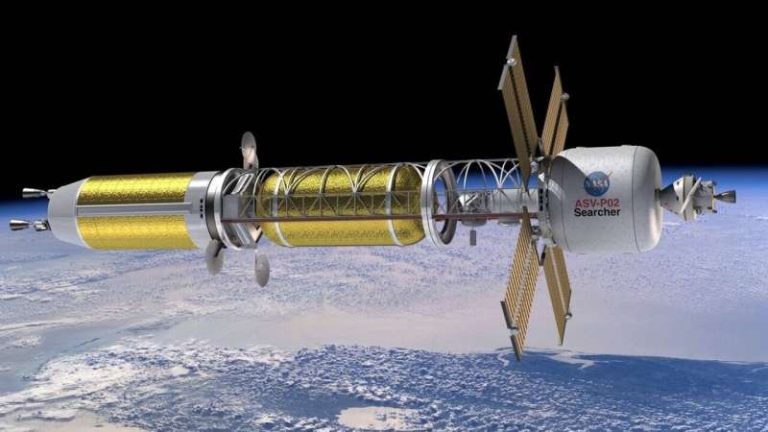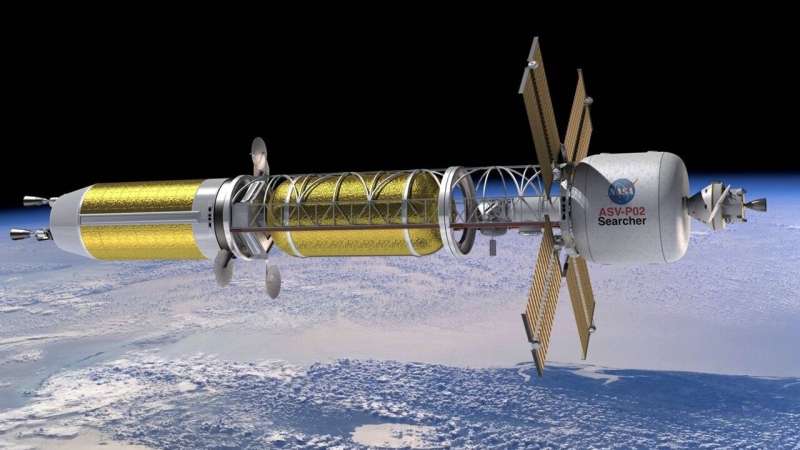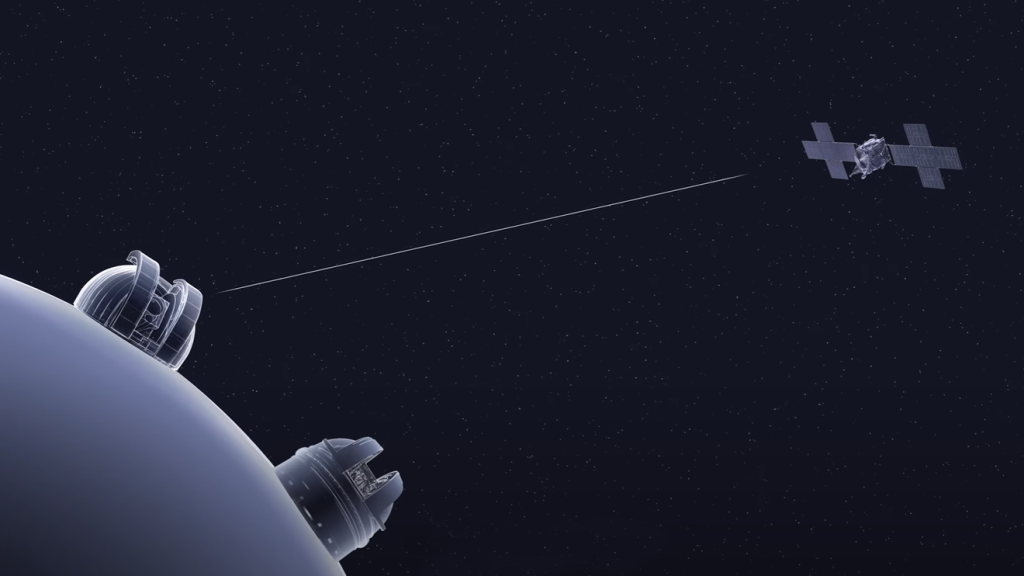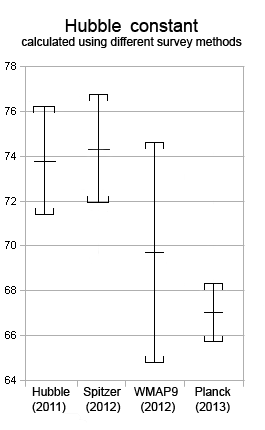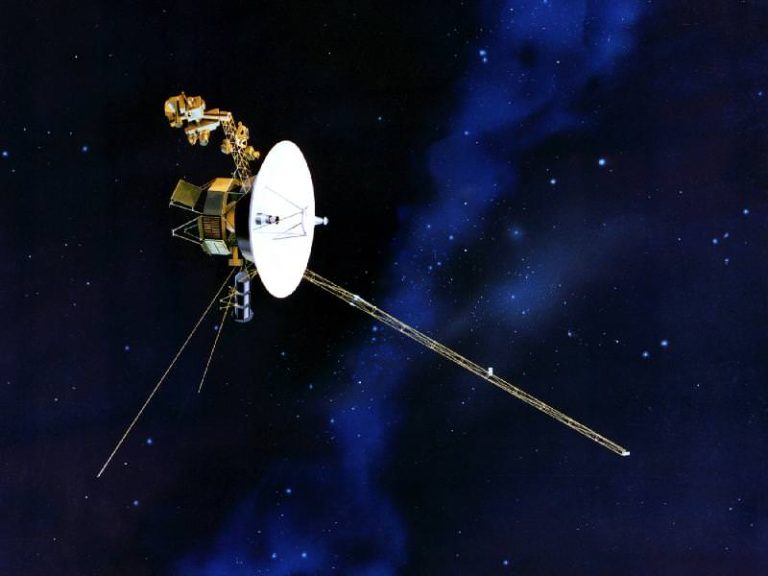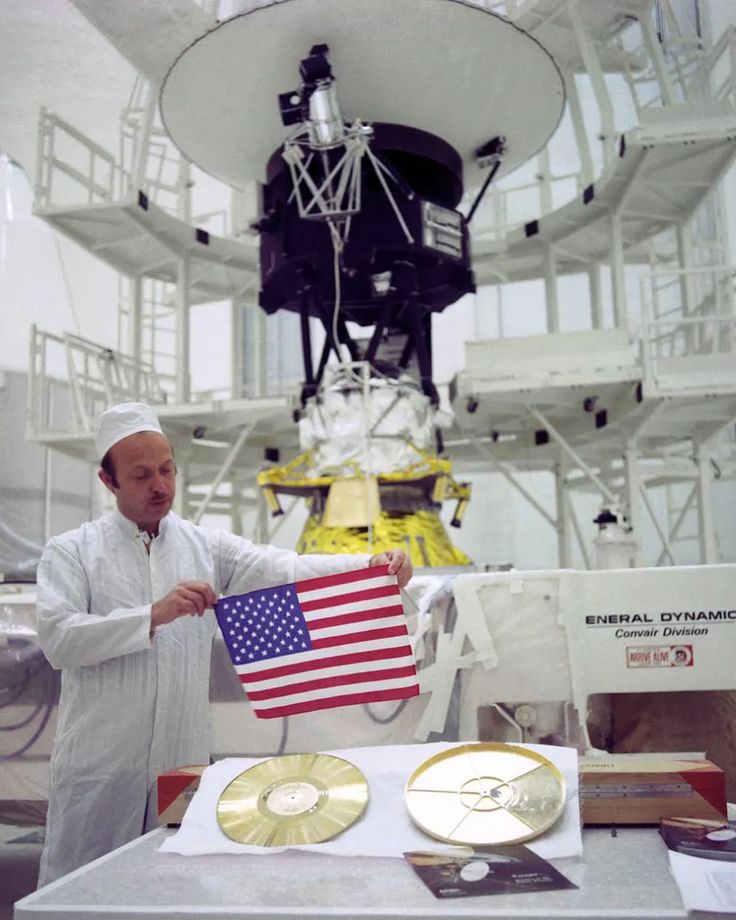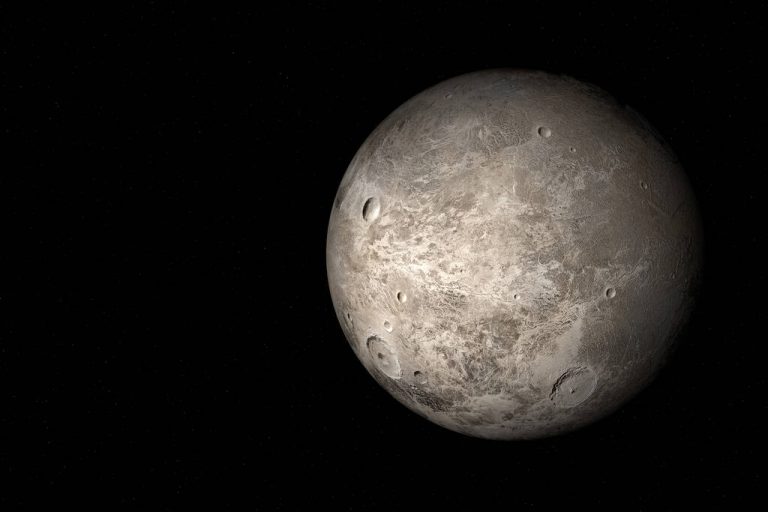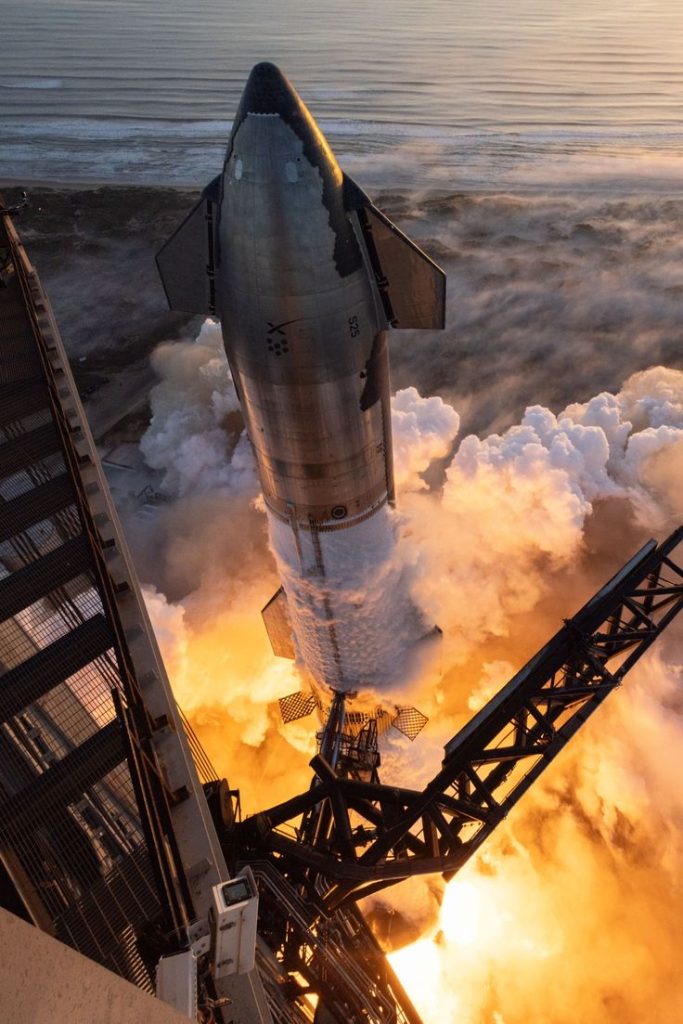Space Rescue Service’ Critical for Astronaut Safety, Say Space Experts
There is no established rescue service for astronauts in space, and experts are urging for immediate planning to avoid potential disasters. With more space missions, especially by private companies, the risks to human life are increasing. Developing a Space Rescue Service (SRS) would ensure preparedness, support international collaboration, and reduce the risk of loss. The cost of creating this service is minimal compared to the potential risks, making it a necessary step for the future of space exploration.
Summary
- The United States currently does not have a dedicated “in-space rescue“ system.
- Historical missions like Apollo, Skylab, and the Space Shuttle had potential rescue plans.
- The Starliner incident highlights the gaps in commercial space mission safety.
- More astronauts from various nations are flying in space now than ever before.
- The Aerospace Corporation and RAND stress the urgency of developing rescue systems.
- A Space Rescue Service (SRS) could mirror International Submarine Rescue systems.
- Private spaceflights involve high-risk ventures, such as spacewalks without airlocks.
- Experts suggest starting with a small, simple office to handle the initial planning of in-space rescues.
- There is industry consensus on the need for space rescue, but no government mandate yet.
- Congressional action is needed to allocate resources for an in-space rescue capability.
- A well-organized rescue service could enhance global goodwill and ensure safer space expansion.
- Collaborative efforts are necessary among private and government agencies to fund and develop this system.
- Catastrophes, such as rapid loss of crew or spacecraft, might occur too quickly for rescue efforts to help.
- The goal is to mitigate risks before these worst-case scenarios materialize.
- A small investment now could significantly reduce risks in deep-space human missions.

Main Article
As humanity ventures deeper into space, the need for a Space Rescue Service (SRS) is becoming more apparent. Despite the growing number of space travelers, there is currently no dedicated system to rescue stranded astronauts in the event of an emergency. Historically, rescue options were considered during the Apollo, Skylab, and Space Shuttle programs, but these lessons appear to have been forgotten in today’s era of commercial and international spaceflight.
The Boeing Starliner incident serves as a case study in the current shortcomings of space rescue infrastructure. In its first crewed mission to the International Space Station (ISS), the Starliner spacecraft faced thruster issues and helium leaks. These issues underscore the lack of comprehensive safety measures for astronaut rescue.
Unlike the ISS missions or the Space Shuttle era, today’s commercial spacecraft are privately owned and operated, making the need for a structured rescue service more urgent. Experts like Grant Cates from The Aerospace Corporation and Jan Osburg from RAND have voiced concerns about the lack of planning, saying,
“We’re not planning to do it, and you can’t do a rescue on the fly. You have to plan ahead of time.”
The Aerospace Corporation and RAND held a workshop on the 21st anniversary of the Space Shuttle Columbia disaster. Specialists from both the industry and government gathered to draft a long-term vision for space rescue.
Cates explains,
“We have multiple launch pads, multiple launch vehicles, and multiple crew-capable vehicles. But we have a gap. We’re not planning to do it, and you can’t do a rescue on the fly.”
This gap could be filled with proper legislation and congressional funding. It is clear that space rescue could prevent tragedies like Columbia and ensure the safety of astronauts on future missions to the Moon, Mars, and beyond.
A Model for Space Rescue: Submarine Rescue Analogy
A potential model for the Space Rescue Service (SRS) comes from the International Submarine Escape and Rescue Liaison Office (ISMERLO). This office was established to coordinate international submarine rescue efforts, providing a structured framework to save lives in extreme underwater environments.
Just like submarine rescues, space rescues require international coordination and collaboration. The establishment of a global space rescue organization would mirror ISMERLO’s success, enabling multiple nations to cooperate on space safety.
Table 1 below compares the structures of ISMERLO and a potential Space Rescue Service (SRS).
| Feature | ISMERLO | Space Rescue Service (SRS) |
|---|---|---|
| Coordination | International cooperation for submarine rescues | International coordination for astronaut rescues |
| Response Time | Rapid response to distressed submarines | Pre-planned response for stranded astronauts |
| Funding | International government contributions | Government and private sector contributions |
| Technology | Specialized submarine rescue vehicles | Crew rescue spacecraft and space transport |
Beyond the technical benefits, the creation of a Space Rescue Service would encourage international goodwill. Just as countries collaborate in submarine rescue, a well-organized SRS could enhance cooperation in space, benefiting both national interests and global safety.
By leading the establishment of a global rescue system, space-faring nations would not only shape space exploration but also accrue international goodwill. A robust rescue infrastructure could also attract more private investment into space ventures, knowing that astronaut safety is a top priority.

Financial Viability of a Space Rescue System
One of the key hurdles in establishing a Space Rescue Service is funding. However, Osburg believes the required investment is relatively modest compared to the overall costs of space missions. He notes,
“It would take just a modest amount of money to get that ball rolling. That’s really peanuts, given the amount of money involved in space overall and also given the amount of damage that could be done if something serious were to happen.”
Table 2 illustrates the cost comparison of various space rescue efforts versus potential mission losses.
| Space Mission Component | Average Cost (in millions) | Potential Damage from Mission Failure (in billions) |
|---|---|---|
| Crewed Space Mission | $500 | $5-10 |
| Space Rescue Infrastructure | $50-100 | Preventing mission loss and ensuring crew safety |
Given the high stakes involved, a relatively small investment in rescue services could prevent catastrophic financial losses and save lives.
The development of a Space Rescue Service is not just a matter of safety but also a matter of strategic importance. As more nations and private companies embark on increasingly ambitious space missions, a rescue service could mitigate risks, prevent tragedies, and safeguard the future of human space exploration.
From planning in advance to leveraging international collaboration, the path forward for space rescue is clear. The sooner we act, the safer our astronauts will be as they push the boundaries of exploration.






